The world’s largest salt flat, Salar de Uyuni
Thursday, 19th November 2009 by Luis Moreno
Salar de Uyuni in south-west Bolivia was once part of a massive prehistoric lake but today is the world's largest salt flat. When dry it's a barren landscape, so featureless that it's great for perspective tricks - but during the wet season it becomes a spectacular giant mirror.
Salar de Uyuni is estimated to contain as much as 10 billion tonnes of salt, and about 25,000 tonnes is collected here each year, using the traditional method of sweeping the salt up into neat piles to dry before being carted away.
However, salt is not Salar de Uyuni's only valuable mineral: it also contains an estimated 5.4 million tonnes of Lithium, which is estimated to be between 50% and 70% of the world's entire lithium supply! As a vital part of many electric batteries demand for lithium is on the increase, but Bolivia has been reluctant to let foreign mining companies onto the flat, instead opting to build their own modest plant which should be operational by 2012.
In the meantime, Salar de Uyuni still helps the economy through tourism. Hotel de Sal Playa Bianca, or "The White Beach Hotel" was built right in the middle of the salt flat and constructed from the very same salt. Unfortunately, due to the difficulties in sanitation, it was closed down in 2002.
Thankfully tourists can still experience living in a house of salt at either Hotel Luna Salada or the newer Palacio del Sal, both of which are built just on the edge of the salt flat. In an effort to protect their building from degradation, the Palacio del Sal enforces a strict "no licking the walls" policy.
Tourists to the area may also take a visit to Incahuasi island, also known as Island of the Fish. Located within the salt flat it is technically not an island, and is home to no fish. If that doesn't tempt you, you could always visit the nearby town of Uyuni, which has a massive train boneyard.
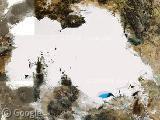

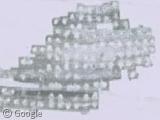
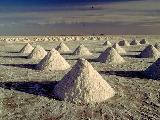
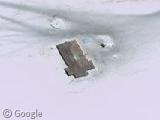
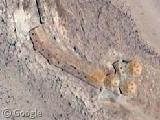
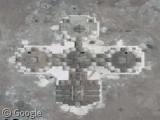


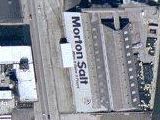
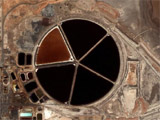
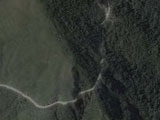
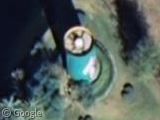
Whilst i admire Bolivia’s reluctance to allow mining companies loose – can anyone tell me what, if any, the environmental impact of extracting the lithium would be? I cant image there is any eco system to speak of. Im not coming down on any side here – just genuinely interested.
You should look at the Wikipedia page for info on the biosphere. Turns out, there’s actually some around the edges. Not so much in the middle, above microscopic organisms of course.
But the edges (and “islands” in the middle) are home to giant cacti (with visible similarities to saguaros but taxonomically very distinct), foxes, flamingos, a variety of other birds, and more.
It appears, though, that the salt flats are merely the lid on a giant pool of super-saturated briny water (containing lithium chloride, magnesium chloride and sodium chloride), which is where the lithium is really at. With the right environmental controls, I expect oil-rig-style drilling would be pretty easy to pull off without overly disturbing the surface environment.
Though what sorts of interesting micro-organisms we may find living in that brine… I do not know. But I know they do exist. We’ve found life everywhere else, including the lakes in the Dry Valleys of Antarctica. It will exist here too.
I was there last year and the hotel “The White Beach Hotel” is still open. didn’t stay in it, but most of the tours stop there.
North of the Salar on the slopes of the volcano there are some mummies in a cave that anyone can visit.
http://www.panoramio.com/photo/18944168
They are right here: View Placemark just above this village. View Placemark
Am I not right in thinking the same desert is used for recalibrating the white balance on satellite imagery too?
Yep, you’re right. This salar has been used in satellite calibration.